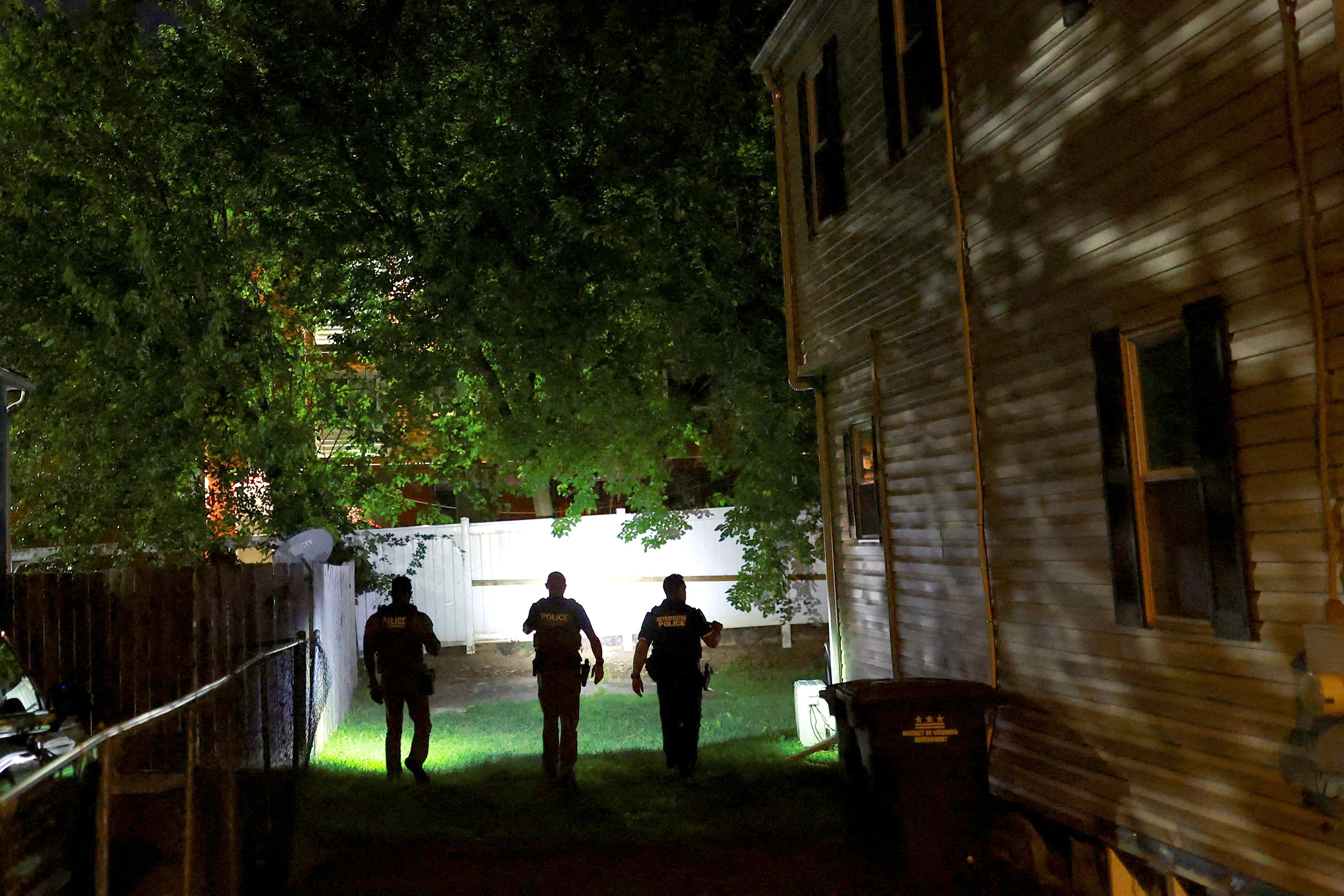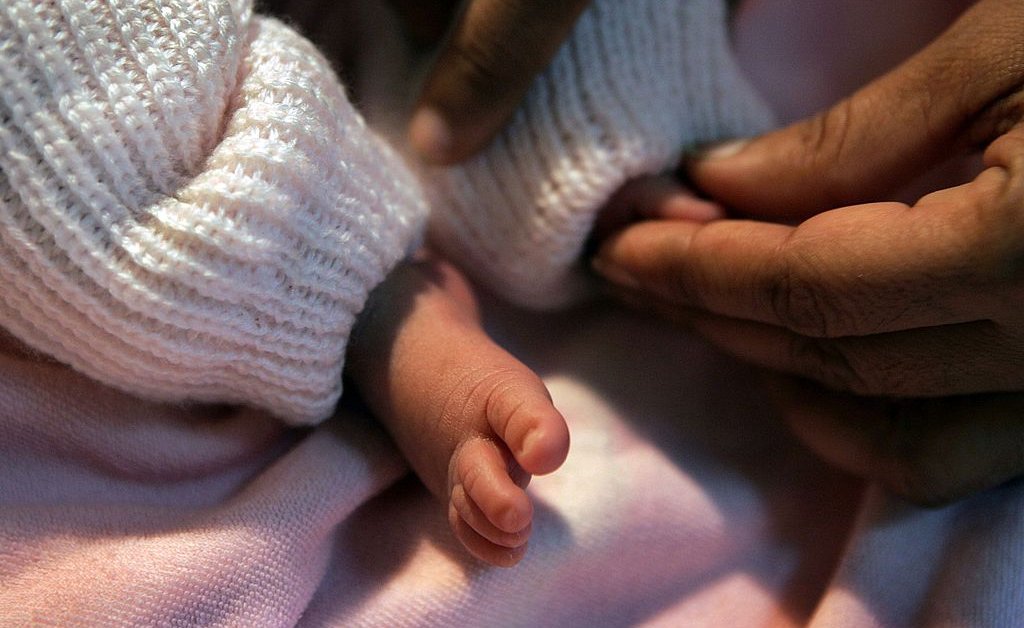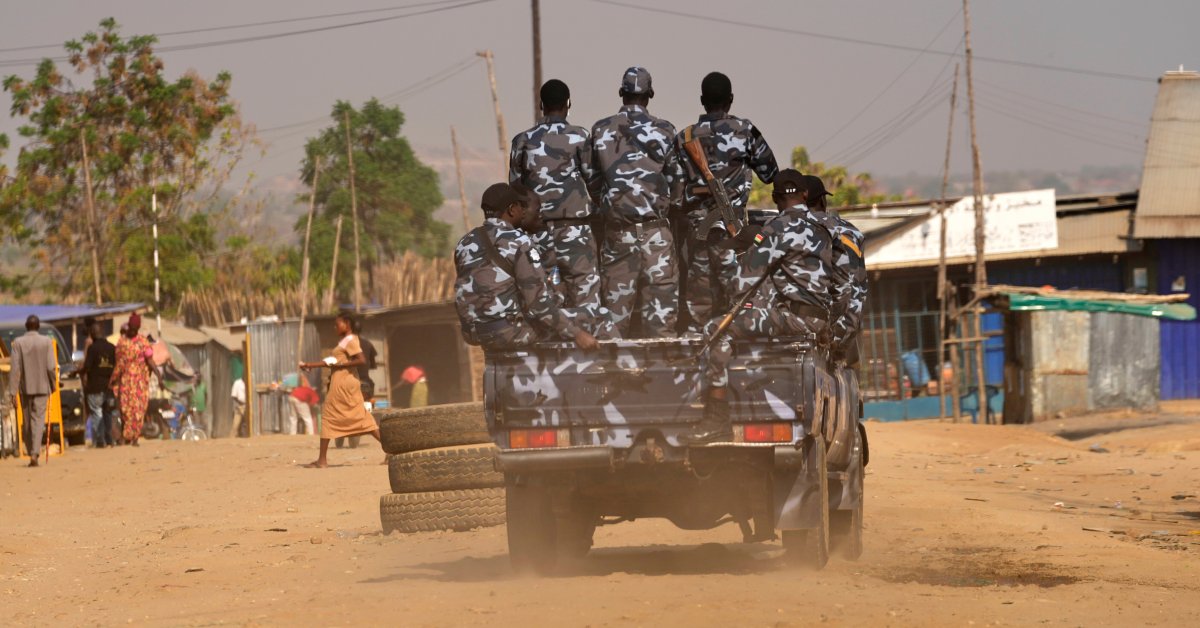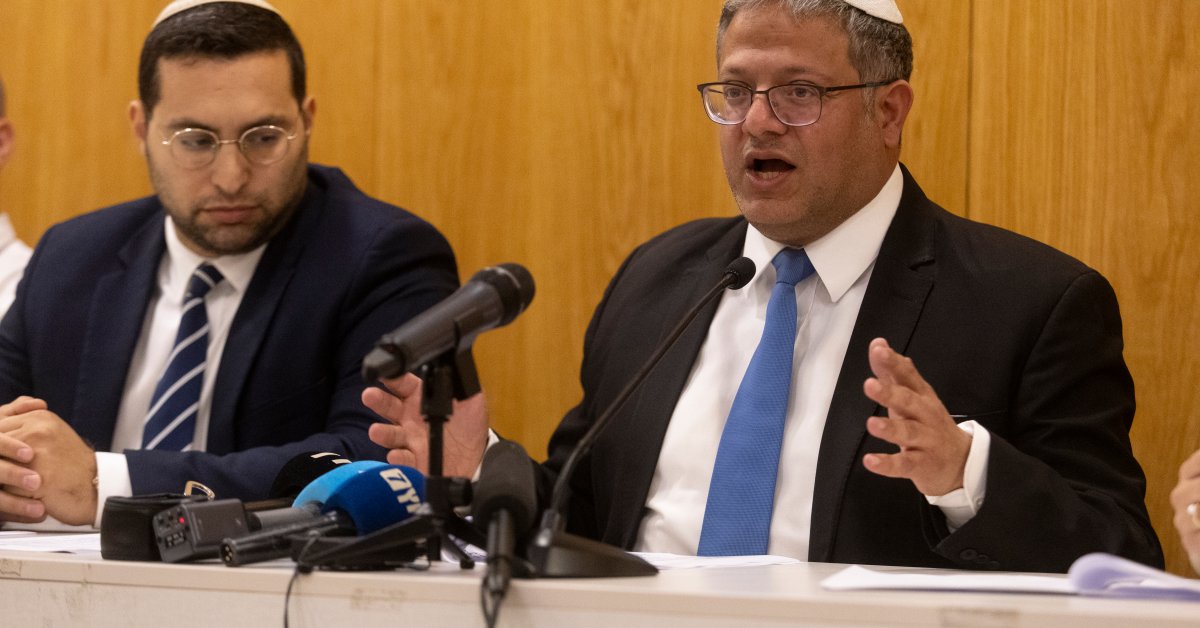
When President Donald Trump announced his federal takeover of Washington, D.C., he conjured images of a dystopia where “caravans of mass youth rampage through city streets” to justify his heavy-handed response.
But those who study and work on preventing youth crime in the district say the president is acting on a caricature of the city, and his decision to flood the streets with soldiers will do little to solve the issue.
[time-brightcove not-tgx=”true”]
Nick Wilson, senior director for Gun Violence Prevention at the Center for American Progress, called Trump’s crackdown “political theater that is disconnected from what we’re seeing here in D.C.”
“We know it takes deep intelligence-led policing, deep community engagement, deep partnerships, bringing in hospitals and schools and the community to work together, to focus on the people in places that are at the highest risk of violence,” he tells TIME.
“The number of youth arrested committing violence and crimes has fallen. Now is not the time to switch gears and just have cops and troops in tourist areas, just for show, ” he adds.
Read more: Trump’s Hostile Takeover of D.C. Is Straight Out of the Summer 2020 Playbook
That sentiment is matched by community groups working with young people on the ground.
Tia Bell, who founded a gun violence prevention nonprofit aimed at young people in the city, says Trump’s villainization of D.C.’s youth misses the point.
“It’s a misalignment, because the blame is on the individual and not the systems and structural violence,” she says. “Our youth are angry—they feel like the media perpetuated a lot of narratives about them that led to this blame and criminalization.”

A crisis of violence
Bell agrees there is a “crisis” of youth violence—she has seen it first-hand through her work. Youth crime has been a focus of the city’s leaders for years. A spike in crime across the city in 2023 was particularly pronounced among young people. The COVID-19 pandemic led to a rise in truancy, which in turn led to a rise in youth crime, particularly carjackings—a crime that has been mentioned frequently by Trump officials and supporters to justify the crackdown. In 2023, police reported some 957 carjackings across the city, an average of more than two a day, and most of the people arrested for that crime were under 18. Underlying causes of crime, such as poverty and other socioeconomic issues, have blighted the city.
In 2024, 29 young people were killed by gunfire in Washington, D.C., according to U.S. Attorney Jeannine Pirro. And while fewer people have been shot this year, the number of under-18s struck by gunfire is slightly up.
But Bell says Trump’s heavy-handed approach doesn’t address those root causes. She says adopting a public health approach to gun violence, addressing it like a “disease,” is the only way to defeat it.
TRIGGER, Bell’s non-profit, hosts a six-week program for young people in the summer—when violence typically spikes due to school being out—that provides employment opportunities, conflict mediation skills, and trauma support related to violence.
“It starts with personal development. We learn a lot about the students and their goals and their greatness first, and then we go deeply into the root causes of gun violence,” Bell says. “And so they understand what’s in the soil that leads to them being flowers or leads to them spreading gun violence. That’s not just an analogy. That’s really a lesson.”
Those kinds of methods have been seeing success in Washington, D.C. While it is true crime spiked heavily in the city in 2023, especially among young people, statistics show that crime is down among youth in 2024 and 2025. D.C. police data shows that the MPD made 900 juvenile arrests this year—down 20% from 2024.

A report by the Center for American Progress (CAP) earlier this year found that investment in community violence intervention groups and gun violence prevention programs like TRIGGER is a significant reason why young crime rates are down in D.C.
Yet, earlier this year, the Department of Justice (DOJ) decided to stop funding those kinds of programs across the country, including 10 to 15 organizations in the D.C. area that have relied on federal dollars to fund their violence prevention work. One organization, Peace For D.C., which works with residents to help break cycles of violence, lost more than $700,000 for its Heal DC program in both 2025 and 2026.
Hyperpolicing could have a lasting impact
There are also potential longer-term impacts on young people from Trump’s approach of flooding the streets with soldiers, according to Eduardo Ferrer, Associate Professor of Law and Policy Director at the Georgetown Juvenile Justice Clinic.
“The reality of it is, there are a lot of young people who end up in the system who have experienced a lot of trauma prior to any system involvement. And what’s happening now in the streets of DC is just adding to that trauma,” he says.
“Kids watch us closely. They look to us for cues about how to go about life, right? So if what we want is when people disagree, for them to sit and talk and resolve their differences through conversation, we don’t send in a militarized police force because you disagree with someone else,” he adds.
Paul Boxer, a Professor of Psychology at Rutgers University who studies youth violence and development, says that Trump and his Administration are harkening back to the 1980s and 1990s myth of “superpredators”—a myth Trump had notoriously promoted at the time when he called for the death penalty for the Central Park Five (now the Exonerated Five).
He says the more young people come into contact with police, the more negative outcomes they see. The likelihood is that those interactions will increase now, with thousands of National Guard soldiers on the streets.
“There’s plenty of research on this—that when kids do have encounters with law enforcement, whether it’s because they are really doing something illegitimate and illegal, or because they’re being stopped and frisked, or because they’re just encountering them, it doesn’t end well for the kids,” Boxer says. Research shows that police stops heighten the psychological distress of youth, predict disengagement in school, and even lead to greater feelings of alienation from society—especially for youth of color.
He likens the curfew and crackdown in the city now to the COVID-19 lockdown, “when all of a sudden we’re going to have kids dramatically inhibiting their behaviors in ways that are actually going to go against healthy development and mental health and all the things that we say as a society that we want kids to have.”
He argues that since youth violence often strikes in the summertime, programs like TRIGGER should be funded further.
“If you take those kinds of kids who have these enormous levels of energy, an enormous need to be constructive and doing something, and you say, ‘Hey, how about instead of spending your summer screwing around, why don’t you come work for us? We’ll pay you.’ It makes a huge difference,” he says.
Wilson also notes that many of these National Guard members are not trained for local policing—even more so, many of them are coming from other states and are unfamiliar with the streets of D.C. With these federal agents now carrying firearms, more variables heighten the tension.
“Policing has an important role in stopping violence, but a large number of National Guard troops and federal agents just standing in tourist areas or sitting in their cars is not going to make us safer,” Wilson says. “There needs to be a coherent strategy, and there’s a role for the federal government to play, but they should be asking the city leadership and the community what resources and partnerships they need.”
Bell believes the problem in D.C. cannot be solved with more guns.
“Federal violence cannot end violence in the communities—only we can,” she says.








